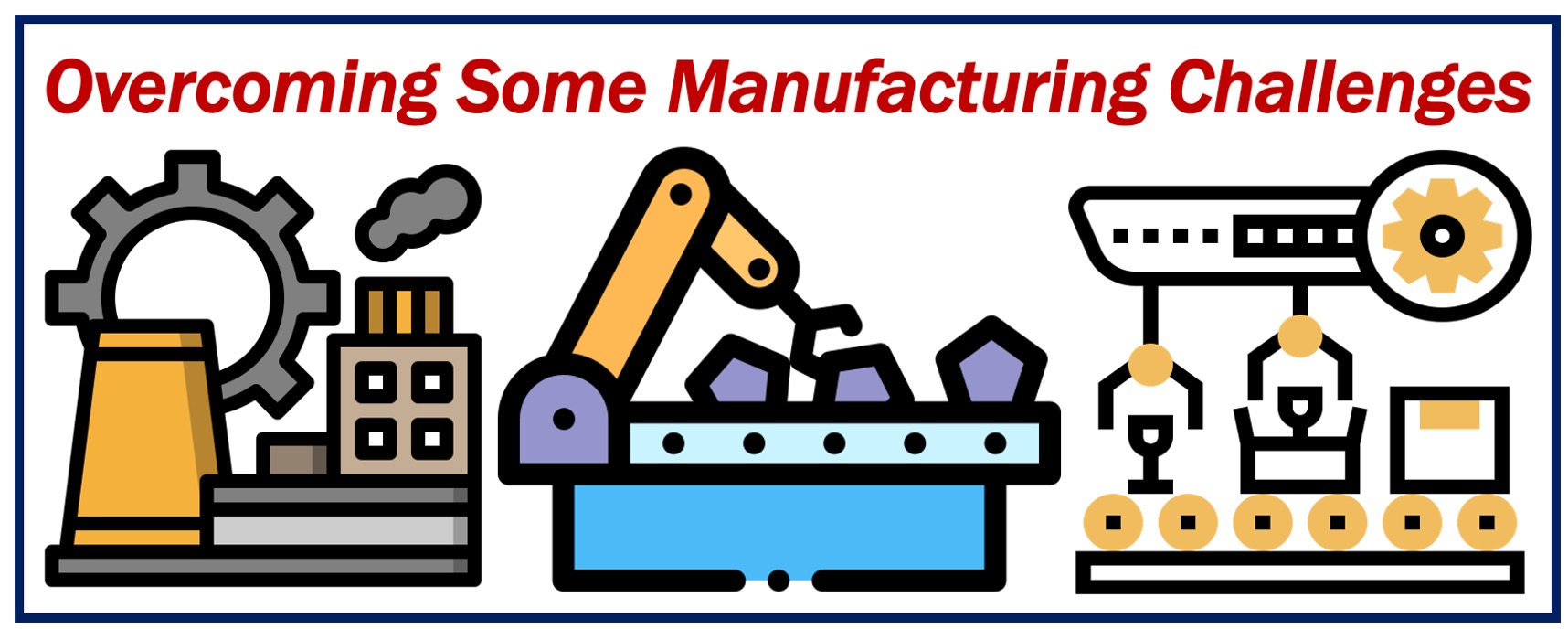Taking a product from raw materials to the finished good comes with challenges. For example, there may be assembly, machining, or packaging issues. Or, more likely, it’s a combination of challenges that arise during different stages of the manufacturing process.

As a business owner, you must know the different challenges that can impact your manufacturing process. This way, you can develop strategies to overcome them. To help you out, we have listed seven of the most common manufacturing challenges and how you can address them. Take a look.
Employee Turnover
According to the research, the average turnover rate for production and nonsupervisory employees in manufacturing is 16%. This number is even higher for smaller businesses. There are many reasons why employees leave manufacturing jobs, but some of the most common are low pay, long hours, and dangerous working conditions. To combat high turnover rates, offer competitive salaries and benefits, create a positive work environment, and invest in safety training and procedures.
Outsourcing
The globalization of the economy has forced many manufacturers to outsource production to other countries where labor and production costs are lower. While this can be a good way to save on manufacturing costs, it can lead to quality control issues, longer lead times, and communication difficulties. When outsourcing, partner with a reputable company, establish clear communication channels, and visit the production site regularly.
Finding Qualified Employees
Many skilled workers left the industry during the recession and have not returned. In addition, the retirement of baby boomers is exacerbating the shortage of skilled workers. One way to overcome this challenge is to provide training and development opportunities for your employees so they can gain the skills they need to advance in their careers. You can also partner with local colleges and universities to help train the next generation of workers.
Rising Costs
Raw materials, energy, transportation, and compliance costs have recently increased. One way to offset rising costs is to increase productivity and efficiency. Lean manufacturing techniques can help eliminate waste and streamline processes and technology to automate repetitive tasks where possible. This is so you can use your employees’ time more effectively. You can also work with suppliers to negotiate better prices for raw materials. Other ways include using metrology tools and equipment to improve quality and efficiency.
Global Competition
With technology making it easier for businesses to operate globally, manufacturers must compete with companies from all over the world. One way to overcome this challenge is to focus on niche markets where you can be the expert in your field. You can also focus on building relationships with your customers, so they keep coming back to you for your products or services rather than going to a competitor. Make sure you constantly innovate and improve your products or processes to stay ahead of the competition.
Customer Expectations
Customers today are more informed and have higher expectations than ever before. They want products of the highest quality, delivered on time and at a competitive price. To meet these expectations, manufacturers must have a well-run operation with qualified employees and efficient processes. Having the right technology in place is also critical to maintaining a high level of quality and meeting delivery deadlines.
Supply Chain Disruptions
The global supply chain has become increasingly complex, making it vulnerable to disruptions. The best way to overcome this challenge is to build relationships with suppliers and customers to anticipate and plan for potential disruptions. It would help if you also had a backup plan for when things go wrong. By being prepared, you can minimize the impact of supply chain disruptions on your business.
Final Word
These are just some of the challenges that manufacturers face today. By being aware of these challenges and taking steps to address them, you can ensure that your manufacturing business is successful.

